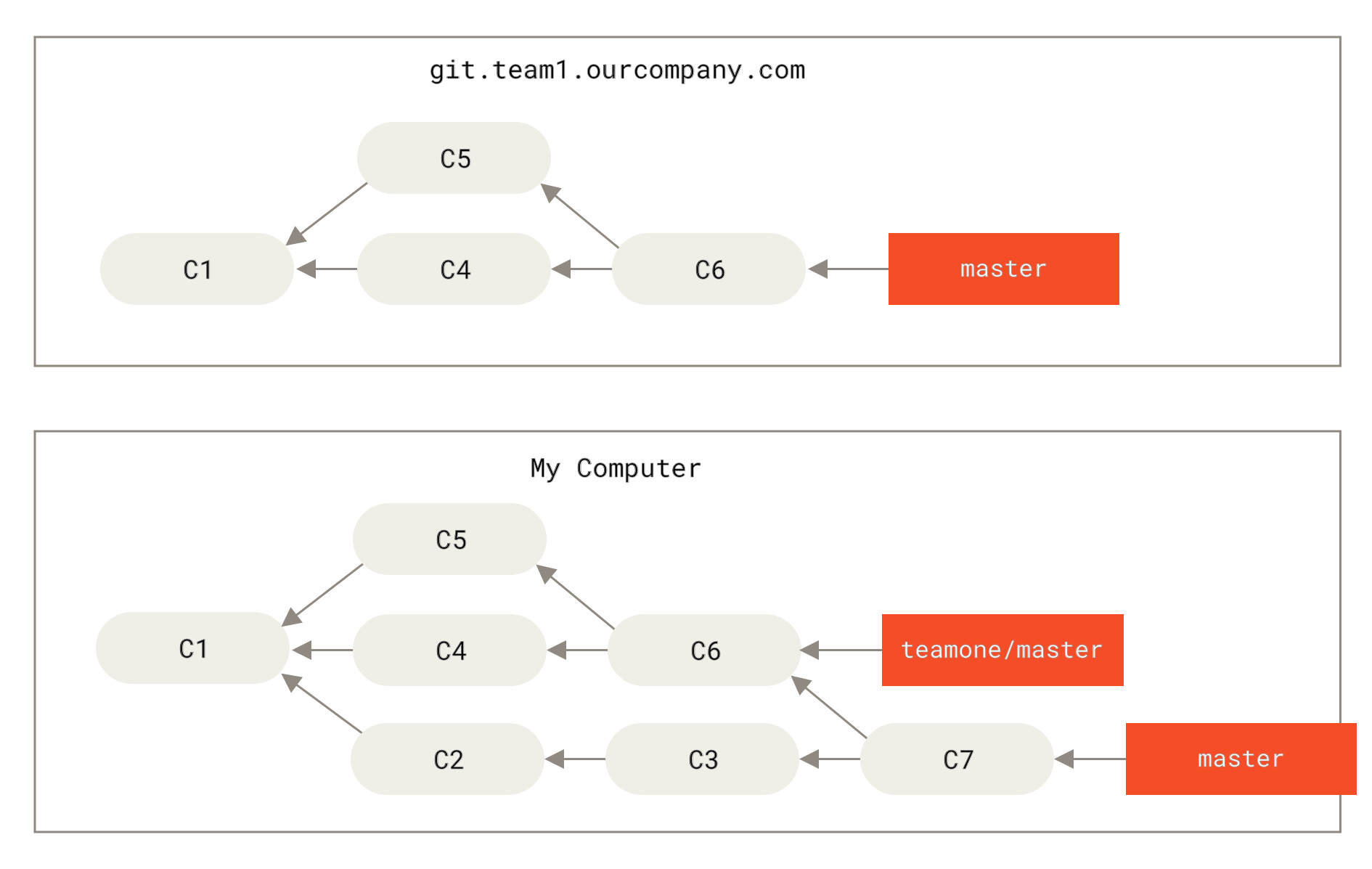
You need to understand that a Git repository is not just a tree of directories and files, but also stores a history of those trees - which might contain branches and merges. Thanks to the comments and other answers which helped me form a better reply. Note that the git clean command comes with a handy dry-run option to avoid making that mistake a little too fast: git clean -f -d -x -nĭon’t actually remove anything, just show what would be done.Īs the top-rated answer, I felt compelled to revisit my not really answering former reply. To clean them out, run: git clean -f -d -x gitignore files) and become hidden to the git tracking. Some files are declared to be ignored (via. These can be cleaned out using git clean -f -d These would have been removed by the above git reset -hard The untracked files The files/changes The not staged for commit changes Note: This would have left 'un-synced' any other branch. To sync up the current branch with the remote, and potentially lose local work, reset it to the remote position: git reset -hard origin/Īgain, caution: this would clear out the local changes (non-committed changes & non-pushed commits). The pull command also has the prune option ( -prune or -p) see git-scm doc git pull -pĪll local branches could potentially be out of sync. git fetch -pruneīefore fetching, remove any remote-tracking references that no longer exist on the remote. When fetching from a repository, the new (remote) references are synced up automatically but the old ones aren't cleaned out from the local.

While not really operating a 'full sync' with the remote, the following will probably achieve what you need.


 0 kommentar(er)
0 kommentar(er)
